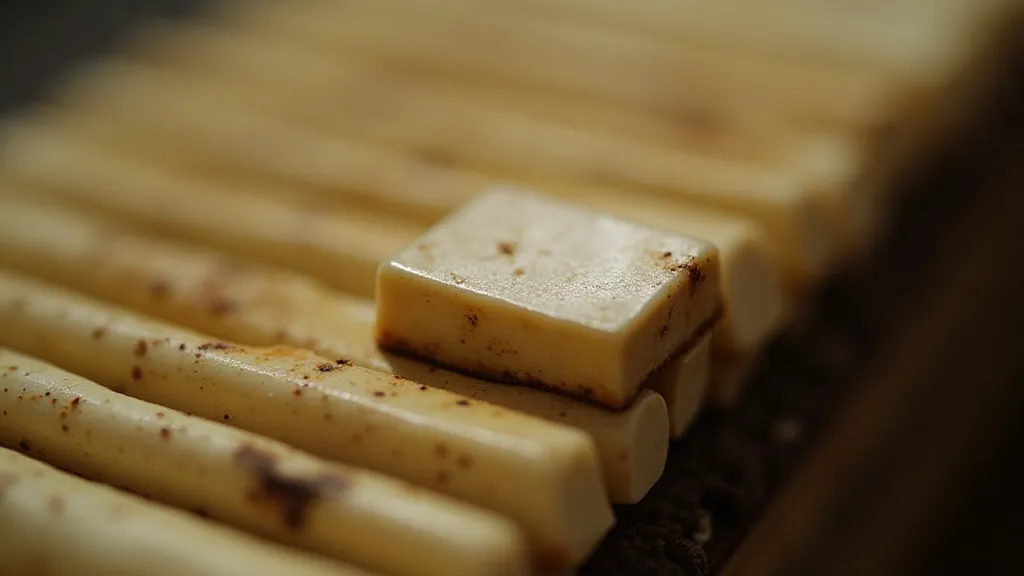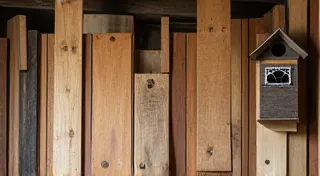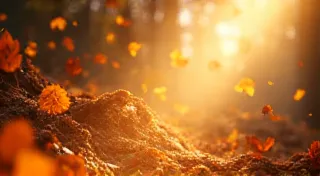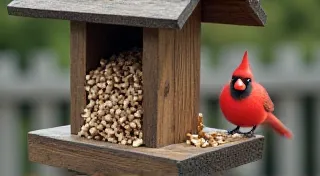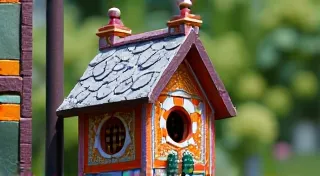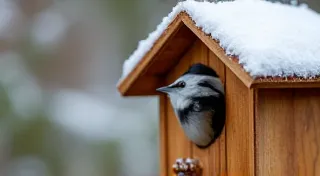Ephemeral Habitats: Impermanence and the Bird House as Temporary Refuge
There's a melancholic beauty to things that are meant to fade. It’s a beauty I first truly understood through antique accordions. My grandfather, a silent man of immense skill, collected them. Not for investment, but for the echo of lives lived within their bellows, the ghost of melodies played in smoky dance halls and quiet homes. Each accordion, with its peeling veneer, its cracked keys, and the faint scent of dust and old felt, told a story of use, of passage of time, and ultimately, of decay. They weren't perfectly preserved museum pieces; they were testaments to a life breathed into them, and a life inevitably returning to the universe.
That same sense of poignant fragility resonates within the humble bird house. It’s more than just a wooden structure; it's a tiny, temporary refuge, a microcosm of our own existence. We, like birds, seek shelter, a moment of safety from the storms of life. And just as our homes wear, age, and eventually crumble, so too will the bird house. Its impermanence isn’t a failing; it’s a defining characteristic, a visual reminder of the cyclical nature of being.
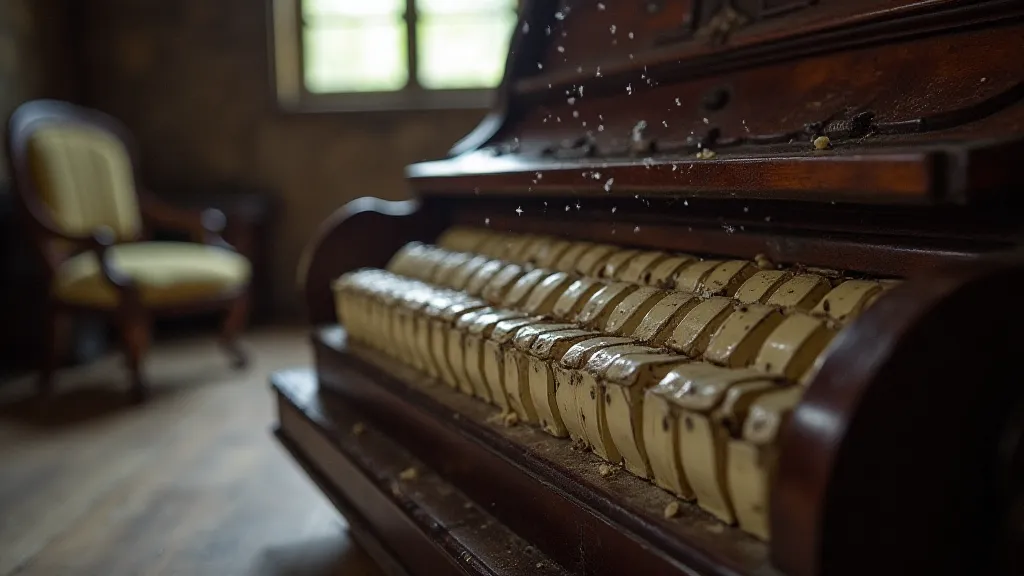
The Craftsmanship of Fleeting Beauty
Building a bird house isn't merely about assembling lumber; it’s about imbuing it with intention. It's an act of creation, but also, a deliberate acknowledgement of its eventual dissolution. Consider the choices we make: the type of wood – cedar, resilient but still subject to rot; pine, readily available but faster to degrade; reclaimed materials, carrying the memory of a previous life. These choices aren’t just practical; they’re philosophical. Are we striving for longevity, or embracing the ephemeral?
My grandfather, when restoring his accordions, rarely aimed for pristine perfection. He stabilized cracks, replaced missing keys, but he left the evidence of age visible. He believed that trying to erase the past would be a betrayal of the instrument’s history. Similarly, in building a bird house, we can choose to celebrate the weathering process. A rough-hewn edge, a visible nail, a patch of lichen – these aren't flaws; they're marks of time, testaments to a life lived outdoors.
Think about the techniques employed: mortise and tenon joints, solid and enduring; simple butt joints, quick and easy. The choice reflects our priorities. A meticulously crafted bird house, built to withstand decades of exposure, feels almost defiant of the natural order. A simpler structure, built with readily available materials, embraces the inevitability of change.
A Refuge in Time: The Bird House and the Creative Process
The creative process, like the lifespan of a bird house, is rife with moments of doubt, frustration, and the constant awareness of potential failure. We pour our energy, our skill, our hopes into a project, knowing that it may never achieve our initial vision. A writer struggles with a stubborn paragraph. A painter grapples with a discordant color palette. A woodworker battles a warped piece of lumber. And just as the bird house is vulnerable to the elements, so too is our creative work susceptible to criticism, rejection, and the simple passage of time.
The bird house, in its fragility, becomes a powerful metaphor. It reminds us that perfection is an illusion, and that the value of our creative endeavors lies not in their permanence, but in the joy of their creation and the connection they foster. The failed bird house, the one that collapses in a storm – it isn's a complete loss. It has served its purpose, provided shelter, and perhaps even inspired a new design. The experience of building it, of learning from its failures, is what truly matters.
Just as antique accordions carry the echoes of past melodies, our creative works carry the imprint of our struggles and triumphs. Embracing the ephemeral nature of these endeavors can liberate us from the pressure of perfection, allowing us to create with greater freedom and compassion, both for ourselves and for our audience.
Restoration, Appreciation, and the Dance of Decay
The act of restoring an antique accordion is a delicate dance with time. It's about preserving the essence of the instrument while acknowledging its history. Overly aggressive restoration can erase the character that makes it unique. A similar philosophy applies to appreciating bird houses. We can clean them, repair minor damage, but we shouldn’t strive to erase the signs of age and weather.
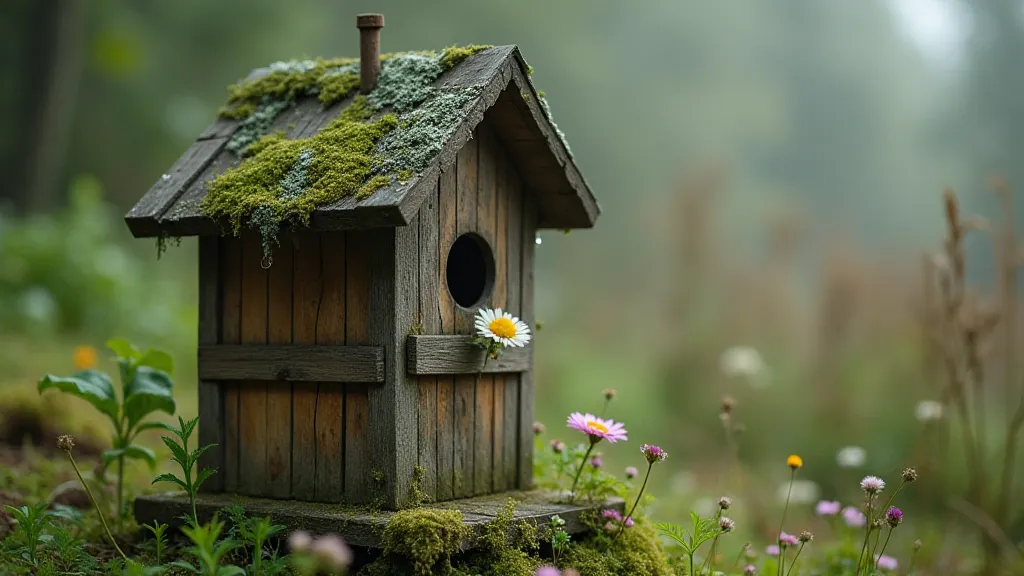
Collecting antique accordions is about more than just acquiring beautiful objects; it’s about connecting with a history, a culture, a way of life. Similarly, appreciating bird houses – whether we build them ourselves or simply observe them in our neighborhoods – can connect us to the natural world and to the community that surrounds us. They become little landmarks, silent witnesses to the changing seasons.
The rustling of the bellows in an accordion, the creak of old wood, the chirp of a bird within its tiny home – these are the sounds of time passing. They are reminders that everything is in constant flux, and that beauty can be found even in the midst of decay. By embracing the ephemeral nature of our creations and appreciating the fleeting moments of connection they provide, we can cultivate a deeper understanding of ourselves, our place in the world, and the enduring power of human creativity.
Consider using reclaimed wood, materials that have already lived a life, and let them tell their story. Build a bird house knowing it will not last forever. And find joy in the knowledge that its existence, however brief, will provide shelter, inspire creativity, and connect you to the beautiful, impermanent nature of being.
